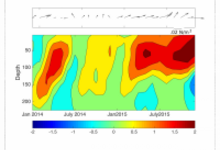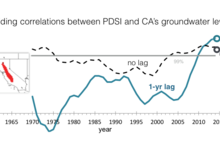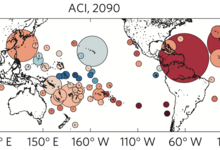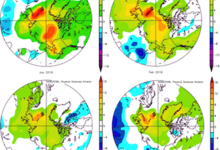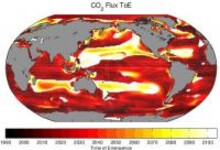Research Highlights
We aim to feature the latest research results from US scientists whose published paper features work that is sponsored by one or more sponsoring agency programs of US CLIVAR (NASA, NOAA, NSF, DOE, ONR). Check out the collection of research highlights below and sort by topic on the right. Interested in submitting an article for consideration? See our Research Highlight Submission Guidelines page for more information.
New research shows how easterly winds in the summer of 2014 caused the anomalously warm subsurface water of the tropical Pacific—which presages an El Niño event and formed following the early 2014 westerly wind burst—to never discharge poleward, thereby remaining in the tropical Pacific and giving a head start to the developing 2015-16 El Niño.
Many people were counting on the strong El Niño this winter to produce surplus water to recharge the groundwater and make up for what’s been pumped out due to the severe drought. However, a new study found that the groundwater level in California’s Central Valley has continued to decline even when drought has recovered.
Future changes in freshwater availability are a major concern in the context of climate change. New research finds that overall changes to island freshwater balance will shift towards greater aridity for over 73% of 80 globally distributed island groups identified, impacting 16 million people by mid-century.
Right from the beginning of 2016 new records were set in the Arctic: warmest air temperature on record in both January and February, and the lowest sea ice cover in February. This year’s record high temperature and low sea ice cover increases concerns about what will happen next in the Arctic and globally under a changing climate.
The ocean carbon sink is a cumulative net sink of anthropogenic carbon from the atmosphere, having absorbed 41% of all emissions due to fossil fuel and cement manufacturing. New research uses a climate model to estimate when growth of the carbon sink could be detected from the noise of the natural variability.

